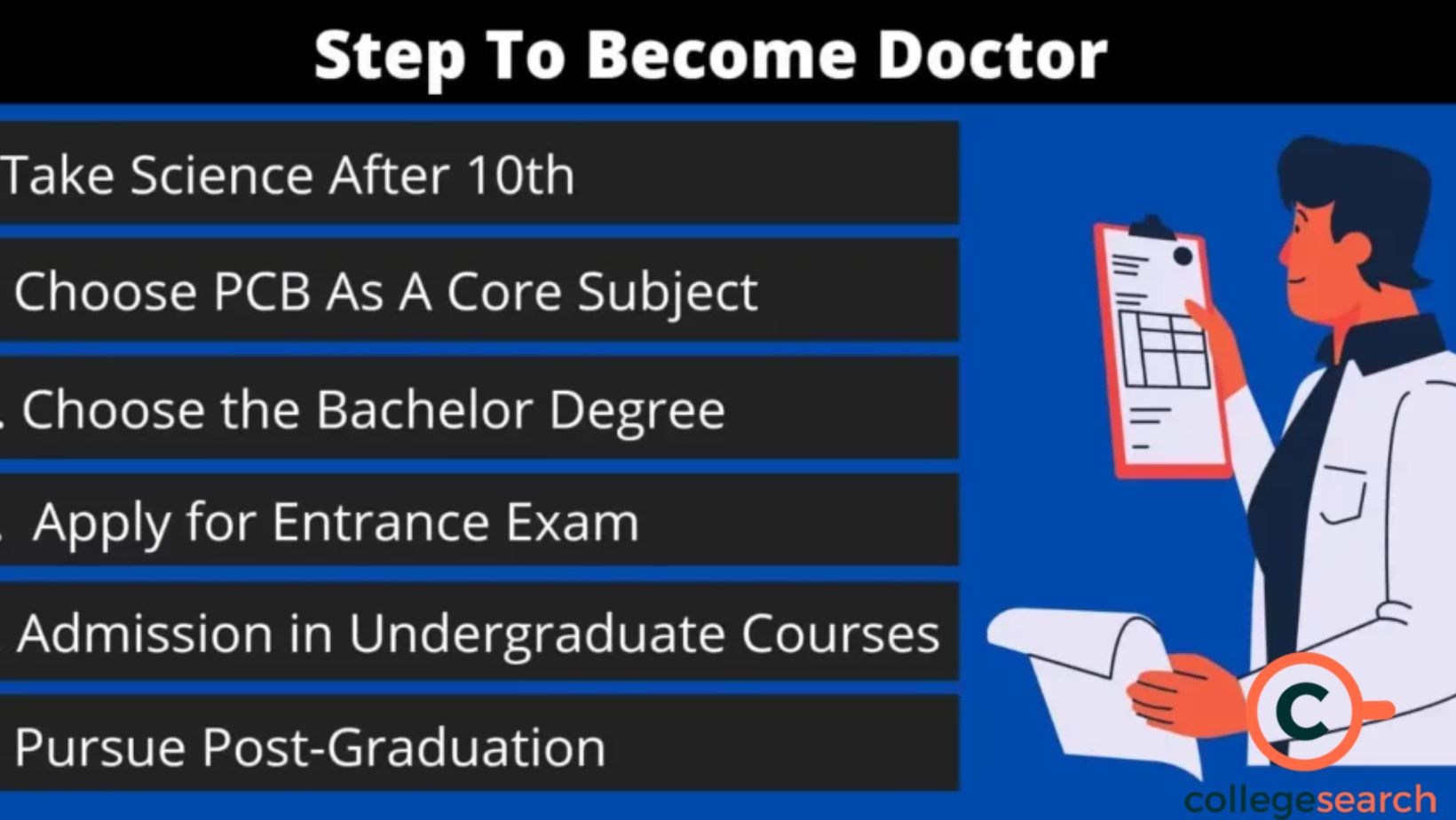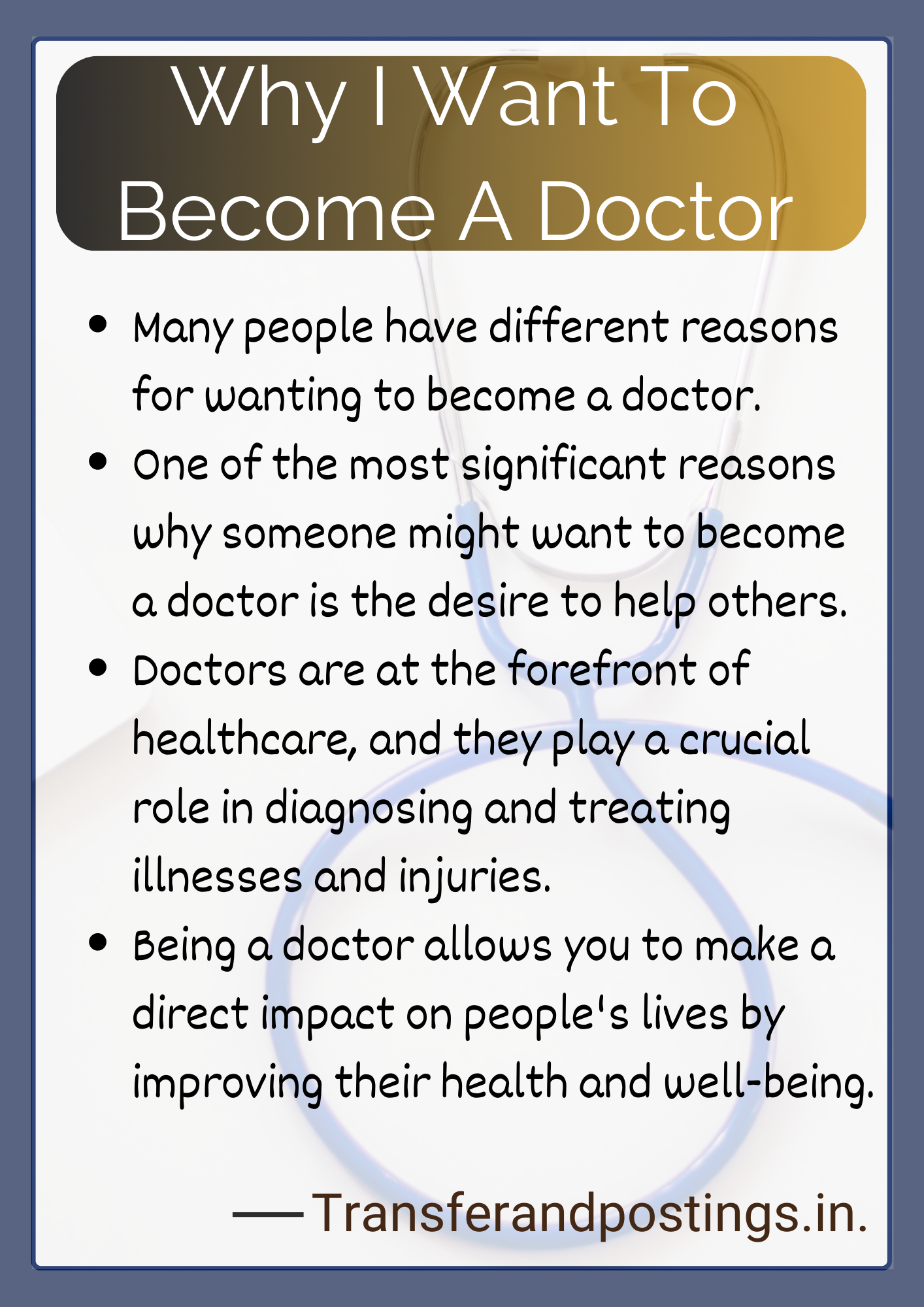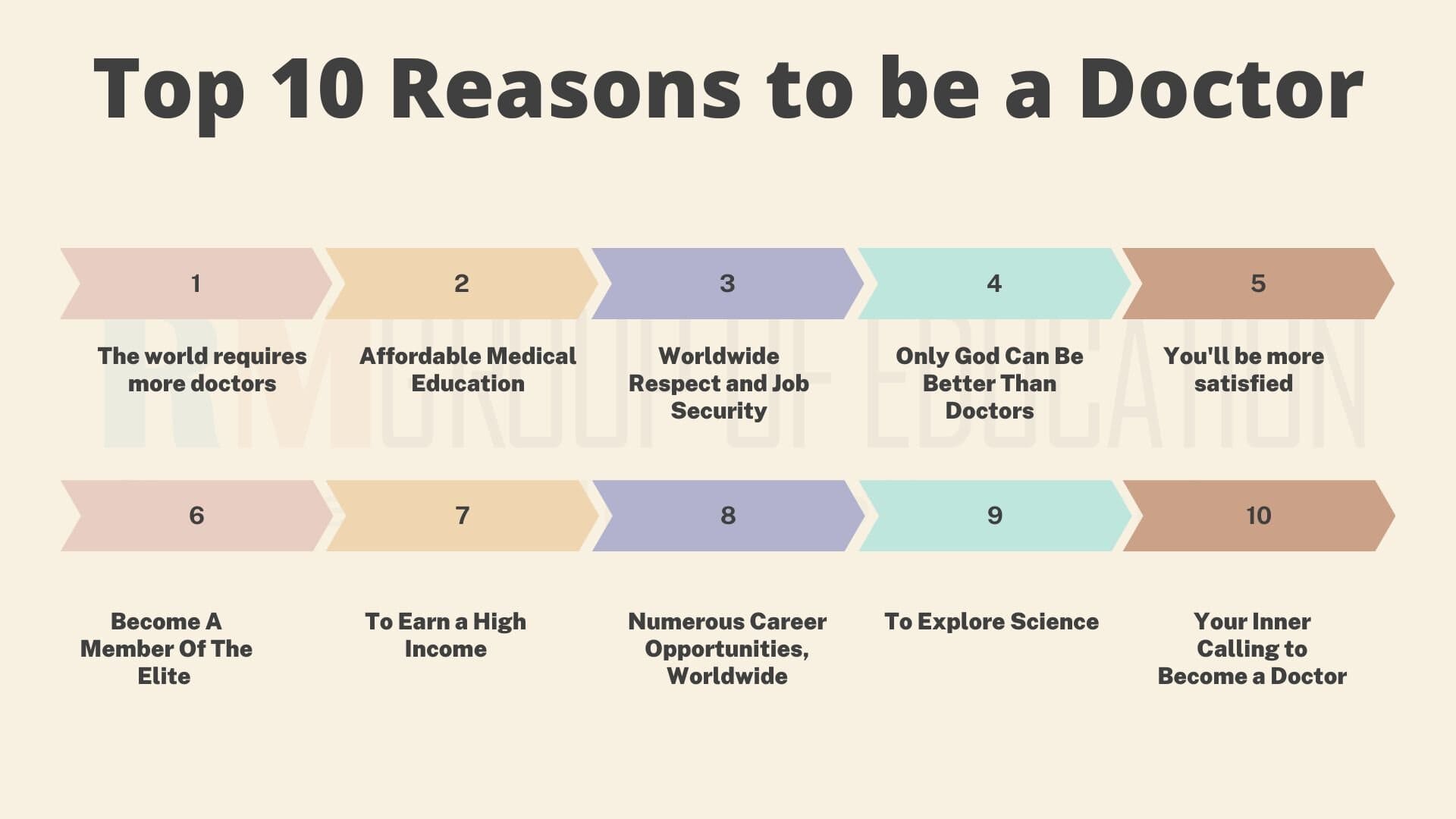What Do U Have To Do To Be A Doctor

The path to becoming a doctor is a long and demanding journey, requiring significant commitment, rigorous education, and extensive training. Aspiring physicians must navigate a complex system of academic requirements, standardized tests, and residency programs before they can practice medicine independently.
Becoming a doctor is a multifaceted process that typically takes 11 to 15 years after high school. This journey involves several key stages: undergraduate education, medical school, residency, and potentially fellowship training. Understanding these steps is crucial for anyone considering a career in medicine.
Undergraduate Education: The Foundation
The first step involves completing a bachelor's degree, often in a science-related field such as biology, chemistry, or pre-med. While a specific major isn't always mandatory, a strong foundation in science is essential for success in medical school. GPA and challenging coursework are important considerations.
Students should focus on maintaining a high Grade Point Average (GPA) and excelling in pre-medical coursework. These courses typically include biology, chemistry (both general and organic), physics, and mathematics. Extracurricular activities, such as volunteering in healthcare settings and participating in research, can also strengthen an application.
Medical School: The Core of Medical Education
After completing their undergraduate studies, aspiring doctors must apply to and be accepted into medical school. The Medical College Admission Test (MCAT) is a standardized, multiple-choice examination designed to assess problem solving, critical thinking, written analysis and knowledge of scientific concepts and principles. Medical schools use the MCAT to help determine which applicants are most likely to succeed in their programs.
Medical school typically lasts four years. The first two years are primarily classroom-based, focusing on foundational sciences like anatomy, physiology, pharmacology, and pathology. The latter two years involve clinical rotations in various medical specialties, allowing students to gain hands-on experience in patient care under the supervision of experienced physicians.
During clinical rotations, students participate in patient examinations, diagnose illnesses, develop treatment plans, and assist in surgeries and other medical procedures. These rotations provide invaluable experience in different areas of medicine, helping students identify their areas of interest for future specialization.
Residency: Specializing in a Field
After graduating from medical school, doctors enter residency, a period of specialized training in a specific medical field. Residency programs can range from three to seven years, depending on the chosen specialty. Internal Medicine and Family Medicine are generally shorter, while Surgery and Neurosurgery are longer.
During residency, doctors work under the supervision of attending physicians, providing direct patient care, conducting research, and participating in educational activities. They gradually assume more responsibility as they gain experience and expertise in their chosen field. This is often a demanding and intense period.
Competition for residency positions can be fierce, and matching into a competitive specialty requires strong academic performance, research experience, and excellent letters of recommendation. The National Resident Matching Program (NRMP) is a service that matches applicants to residency positions at teaching hospitals throughout the United States.
Fellowship: Subspecializing Further
Some doctors choose to pursue further training through a fellowship after completing their residency. Fellowships allow physicians to specialize in a subspecialty within their chosen field. For example, a doctor completing an internal medicine residency might then pursue a fellowship in cardiology or gastroenterology.
Fellowships typically last one to three years and involve advanced training in a specific area of medicine. This further specialization allows doctors to become experts in their chosen subspecialty, enabling them to provide highly specialized care to patients with complex medical conditions.
Licensure and Certification
Upon completion of residency or fellowship, doctors must obtain a medical license to practice medicine in the state where they intend to work. This typically involves passing a licensing examination, such as the United States Medical Licensing Examination (USMLE) or the Comprehensive Osteopathic Medical Licensing Examination (COMLEX-USA).
Many doctors also pursue board certification in their chosen specialty. Board certification demonstrates a physician's expertise and commitment to providing high-quality care. It requires passing a rigorous examination administered by a specialty board.
The path to becoming a doctor is arduous, but it is also incredibly rewarding. Doctors have the opportunity to make a profound difference in the lives of their patients and contribute to the advancement of medical knowledge. The commitment and dedication required are significant, but the potential to improve human health makes it a truly worthwhile endeavor.





![What Do U Have To Do To Be A Doctor How to Become a Doctor? [Step-wise Guide] - Leverage Edu](https://blogassets.leverageedu.com/media/uploads/2023/01/21163701/How-to-Become-a-Doctor-760x1900.jpg)












